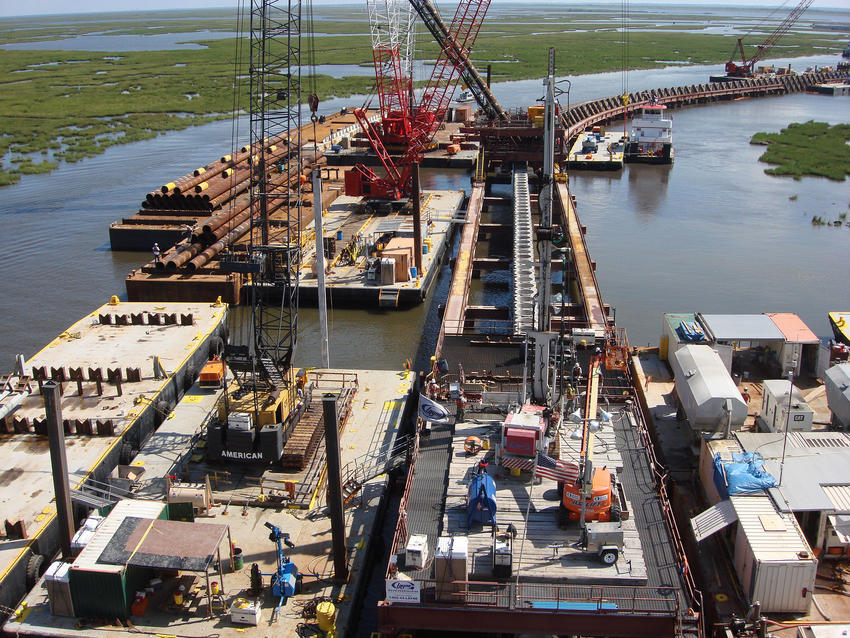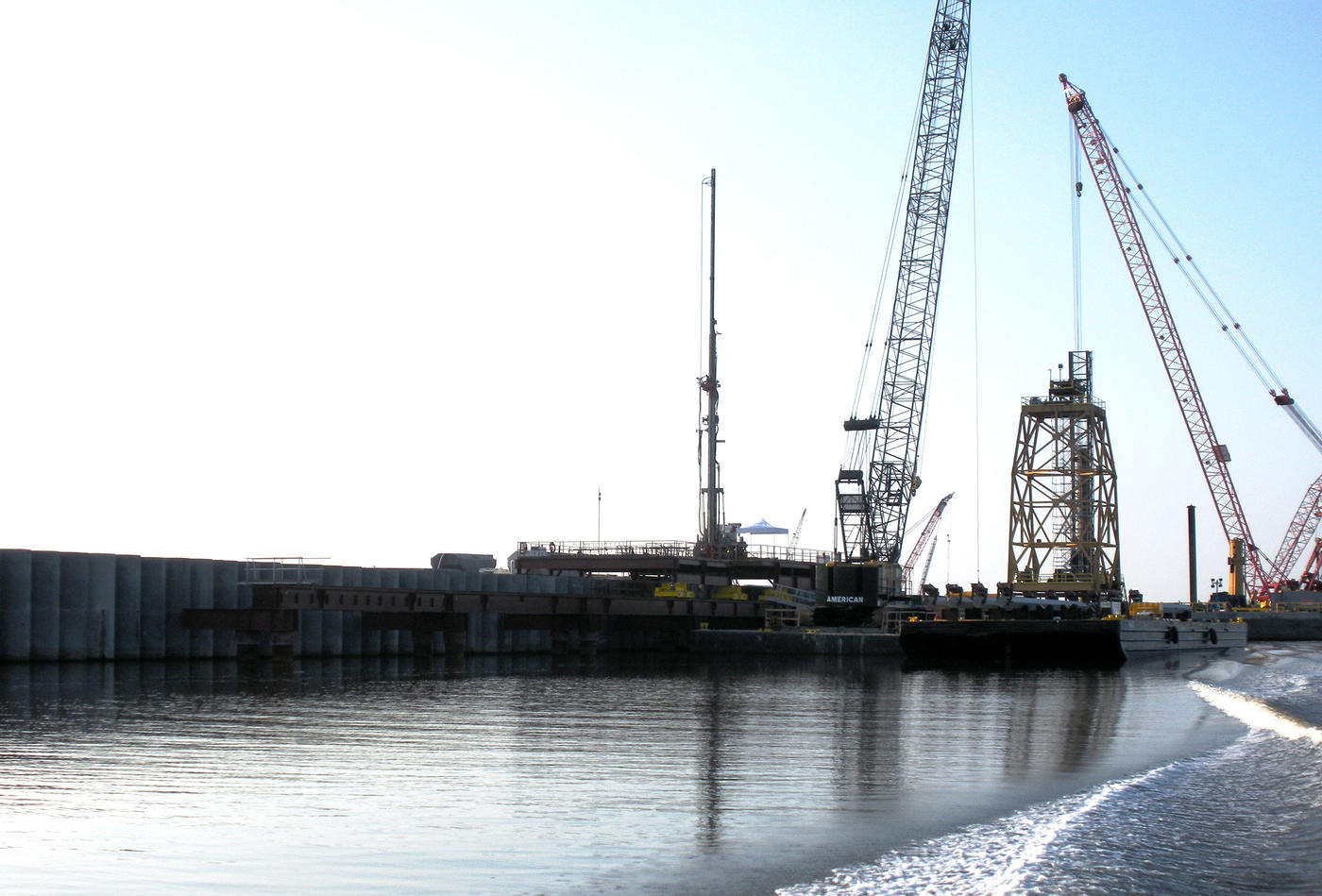Keller used a multi-axis jet grout machine that allowed the project to move ahead of schedule.

The project
Hurricane Katrina hit the city of New Orleans in August 2005 and caused devastating damage to its infrastructure and much tragedy to its people. The U.S. Army Corps of Engineers New Orleans District was tasked with repairing and fortifying its existing levee system to bring it up to 100-year event flood protection standards. The Corps formed the Greater New Orleans Hurricane and Storm Damage Risk Reduction System (HSDRRS) whose $14.3 billion budgeted goal was to rebuild and strengthen all of the levees and associated facilities to be prepared for the next major event by June 1, 2011.
The challenge
The intense hurricane winds pushed massive amounts of water from Lake Borgne into the New Orleans metro area thus preventing the existing canals and pump stations from being able to drain. This contributed significantly to the devastating flooding that destroyed much of the infrastructure and claimed many lives.
Once the project was awarded to the prime contractor, Shaw E&I, it became a challenge to establish how the closure piles could be driven close enough to the cylinder piles to create an effective seal.
The solution
The Corps’ solution was to install a massive $1.5 billion, 7,800 foot long Storm Surge Barrier (Seawall) spanning the area between the Inter Coastal Waterway (ICWW) and the Mississippi River Gulf Outlet (MRGO) to block wind storm-generated flooding. The seawall consisted of a tangent row of 5.5-foot diameter precast concrete cylinder piles with 18 square inches precast concrete piles to close the gap between the cylinder piles.
Keller’s innovative engineers proposed to jet grout the location where these closure piles would have been driven and lower them into place instead of driving with a conventional hammer. The solution enabled these piles to all be installed in their proper location into the wet plumes as well as provide effective water resistant seal. Keller also designed and built the first twin multi-axis jet grout machine that allowed the project to move ahead of schedule.
There were significant site logistical issues that were developed and fine-tuned by Keller to provide continuous support for the construction on working platforms over the sea.

